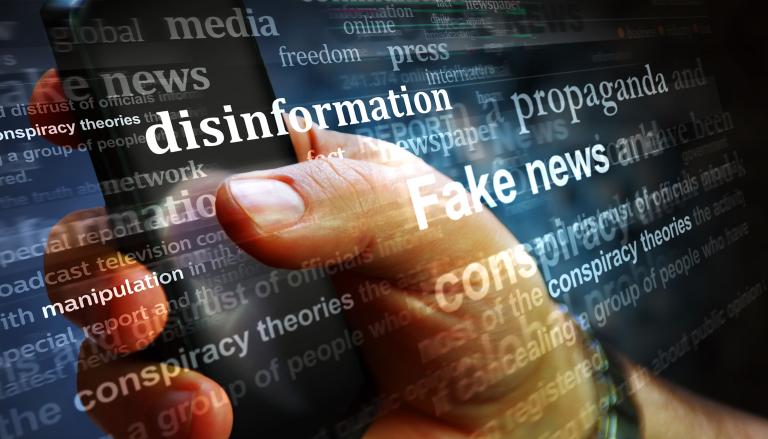Navigating the Deluge: Protecting Ourselves in the Age of Misinformation
The digital age has ushered in an era of unprecedented information access, but this connectivity comes at a price. We are constantly bombarded with a torrent of data, making it increasingly difficult to distinguish fact from fiction. Misinformation and disinformation, deliberately false or misleading narratives spread with the intent to deceive or manipulate, pose a significant threat to individuals, communities, and even national security. While the challenge is formidable, we are not powerless against this onslaught. By cultivating cognitive resilience and adopting a critical mindset, we can navigate this complex information landscape and protect ourselves from the insidious influence of false narratives.
One crucial step in combating misinformation is enhancing our digital literacy skills. This involves developing the ability to critically evaluate information sources, recognize logical fallacies, and identify manipulative tactics. We must learn to question the information we encounter, seeking corroboration from reputable sources and verifying the credibility of websites and social media accounts. Understanding the difference between news reporting, opinion pieces, and sponsored content is also essential. Furthermore, recognizing the hallmarks of misinformation, such as sensationalized headlines, emotional appeals, and the lack of supporting evidence, can help us identify potentially misleading content.
Beyond honing our analytical skills, we must also be aware of the psychological and technical mechanisms employed to spread misinformation. These tactics often exploit our existing biases, emotional responses, and fears to influence our beliefs and actions. Understanding how these mechanisms work can help us recognize when we are being manipulated. For instance, being aware of confirmation bias, our tendency to seek out information that confirms our pre-existing beliefs, can help us challenge our own assumptions and consider alternative perspectives. Similarly, recognizing the use of emotionally charged language or imagery can alert us to potential manipulation. Moreover, understanding how algorithms and social media platforms can amplify the spread of misinformation allows us to approach online content with a more discerning eye.
Practical steps can be taken to verify information and mitigate the risk of falling prey to misinformation. When encountering potentially dubious claims, especially those requiring immediate action, such as requests for money or personal information, it’s vital to pause and verify. Independently contacting the purported source through established channels, such as calling a bank directly to confirm a suspicious transaction, can prevent costly mistakes. Similarly, verifying the identity of individuals contacting us online, especially in situations involving emotional appeals or urgent requests, is crucial.
Developing a healthy skepticism towards online information is paramount. Before clicking on links or sharing content, we should assess the trustworthiness of the source. Checking the website’s domain name, looking for secure connections (HTTPS), and researching the organization or individual behind the information can help us determine its legitimacy. Furthermore, being wary of sensationalized headlines, emotional appeals, and overly simplistic explanations can prevent us from falling for clickbait and misleading content. Cultivating a cautious approach to online information can significantly reduce our vulnerability to misinformation.
The pervasiveness of misinformation requires a collective effort to combat its spread. Openly discussing the issue with family and friends, sharing reliable information, and reporting suspicious content to social media platforms can contribute to a more informed and resilient society. Furthermore, supporting media literacy initiatives and advocating for policies that promote transparency and accountability in online information dissemination are crucial steps towards tackling this growing challenge. By working together, we can foster a more critical and discerning online environment.
In conclusion, misinformation poses a significant threat in the digital age, but we can protect ourselves by cultivating cognitive resilience and adopting a critical mindset. By enhancing our digital literacy skills, understanding the psychological and technical mechanisms of misinformation, and taking practical steps to verify information, we can navigate the complex information landscape and mitigate the influence of false narratives. This requires ongoing vigilance and a commitment to critical thinking. As our world becomes increasingly interconnected, with technologies like AI and synthetic media further blurring the lines between reality and fabrication, the ability to think critically and discern truth from falsehood will be more vital than ever. Each individual’s commitment to thoughtful engagement with information plays a crucial role in safeguarding not only personal well-being but also the health of our communities and democratic institutions.


